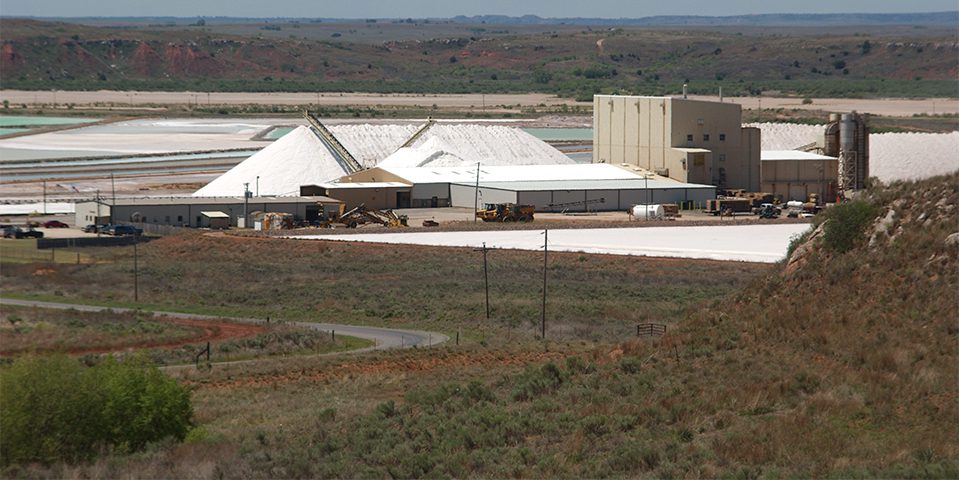Whether you’re having a cup o’ joe at Maria’s Cafe, a cold one at the Cimarron Saloon or a look-see at the city museum, you have the Freedom to step back in time in Oklahoma’s smallest city.
“Freedom takes you back to the old days,” says Roger Gagnon, manager of the Cargill solar salt plant seven miles west. “It’s where people know when you’re gone and they watch your home while you’re away.”
Many towns have a larger population than Freedom’s 301; however, it’s technically a city under Oklahoma statute because it incorporated as a municipality in 1925. Freedom’s size hasn’t changed much since then.
“We have a western look and people like that,” says Bryant Weber, a teacher who helps to run the chamber of commerce.
That stays-the-same feel explains the popularity of the Freedom Open Rodeo and Old Cowhand Reunion, one of the longest continuously running events of its kind in the state. The 82nd version, Aug. 15-17, is sanctioned by the Professional Rodeo Cowboys Association and draws thousands from across the nation.
The cowhand reunion “honors people who’ve helped keep the cowboy spirit alive,” says Greta Matthews, Weber’s teaching and chamber colleague. “They have a cowhand feed – smoked meats, beans and potatoes. We just sit around and have a party.”
Johnnie Sue Olson, whose late husband Edwin “Smiley” Olson was the honored cowhand in 2006, became known as the “city cowgirl” when she returned in 1979 to her childhood hometown and married a man who once earned a living on horseback at a nearby ranch.
“I didn’t know anything about being a cowgirl,” she says. “I had come back from Woodward and I didn’t know the head from the tail of a cow.”
But she quickly re-immersed herself and has served on the rodeo queen committee and ladies auxiliary for decades. She even has one of the scores of old hats displayed at the weathered, wood-fronted Cimarron Saloon, across the street from the Freedom Museum and its collection of cowboy artifacts from the late 1800s.
Cargill, the city’s largest employer, helps to sponsor the rodeo. Cargill’s plant annually produces 100,000 tons of agricultural and commercial salt, such as 50-pound licks for cattle, pellets or crystals for water softeners, and the key compound for saltwater pools in people’s backyards.
The salt deposit on the flats of the Cimarron River “is thousands and thousands of years old,” Gagnon says. “They once found a wooly mammoth just north of the plant.”
The plant, one of the largest of its kind in the country, pumps brine from wells into giant ponds spread across 400 acres.
“The Oklahoma sun and wind evaporate the water; the salt forms and falls to the bottom,” Gagnon says. “We dye our ponds green to cover the white bottoms so they absorb more heat. The warmer the brine, the more that it evaporates. The sun bleaches out the natural dye in the process.
“We’re involved in the community because most of our 30 employees are from Freedom. We help with school events. We sponsor all the kids – about 70, kindergarten through 12th grade – to go to summer camps. We donated $20,000 to the schools. And our employees put in even more time volunteering.”
It’s simply what’s done in Freedom.
FUN FACTS
Population
301
High Tech … For the Time
The Freedom Museum’s extensive barbed-wire collection explains how such fencing revolutionized the cattle industry after the Civil War, especially in the Cherokee Outlet (or Strip).
Salt and U.S. Growth
Native people have known about the Cimarron salt flats for millennia; the U.S. government didn’t “discover” them until circa 1800. The abundance of salt was one of the justifications for the Louisiana Purchase, says Roger Gagnon, manager of the Cargill salt facility just outside Freedom.
Last Indian Campaign
The Battle of Turkey Springs, 10 miles northeast in 1878, was the last known engagement by the U.S. Cavalry against Native people. The Cherokee Outlet opened to white settlers with its notable land run in 1893. The town got its name when the U.S. Postal Service established an office, but little is known why it was called Freedom.

























